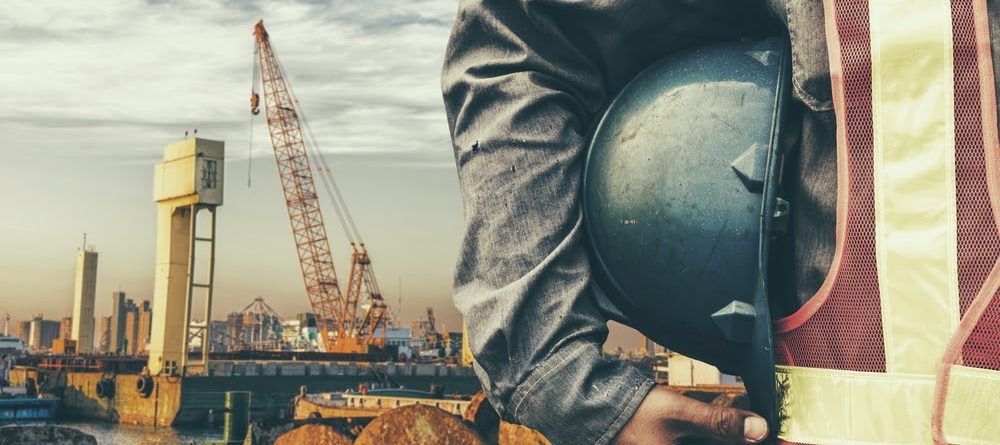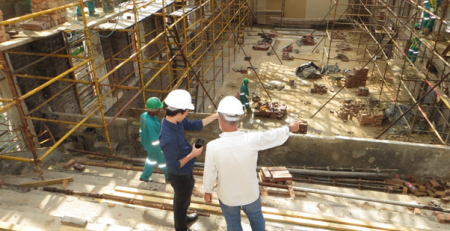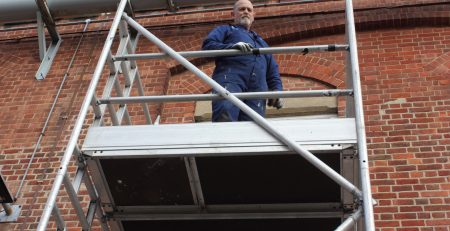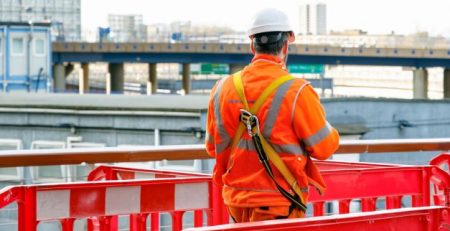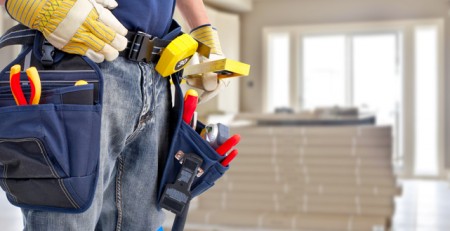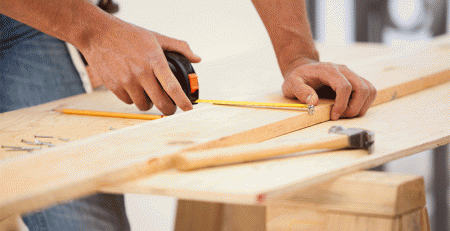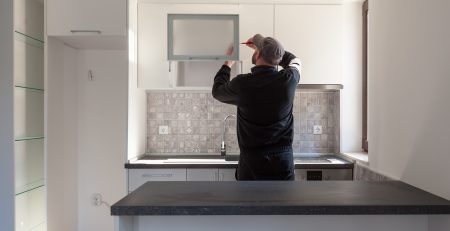6 Shocking Construction Safety Statistics
There’s no denying construction is one of the most dangerous industries to work in. Building sites are rife with hazards and workers use potentially dangerous machinery and tools every day. So when it comes to health and safety procedures, construction companies need to protect workers (and the public) by making sure health and safety policies are up to date and workers know how to implement safety measures.
To demonstrate the importance of health and safety in the construction industry, here are six shocking safety statistics from this industry.
1: Nearly 3000 UK Construction Companies Didn’t Meet H&S Standards Last Year
Despite the extensive risks involved in construction work, many companies and individuals aren’t meeting health and safety standards. HSE inspectors issued 2926 improvement and prohibition notices in 2019. Both types of notice state the company or individual has breached health and safety regulations, but prohibition notices require work to stop immediately. In contrast, improvement notices give the company time to make the necessary improvements.
So last year alone, 2926 construction businesses failed to comply with health and safety laws. That’s nearly 3000 businesses failing to protect workers, members of the public and site visitors from harm. Of the notices issued in 2019, 45% were prohibition notices, meaning the HSE identified serious health and safety risks in over 1300 construction businesses.
2: Construction Machines and Tools Pose the Highest Risk of Injury
Building sites are home to a number of different hazards that can cause injuries and ill-health. But according to the HSE, machines and tools pose the biggest health and safety risk, accounting for 80% of threats in the workplace.
Construction equipment can be the source of a variety of hazards, the most common being:
- Entanglement and Entrapment — Parts of the body or loose items such as clothing, jewellery and hair can become caught in moving parts of a machine.
- Impact — People may be hit or crushed by moving parts of equipment, or any ejected materials, for example, components or objects may fly out or off machines.
- Contact — If people come into contact with sharp edges, sharp-pointed parts, hot parts or materials, or live electricals, they may receive a cut, a severing injury, burn or electrical shock.
After machines and tools, the next biggest health and safety risk for construction workers is lifting and/or moving heavy objects. This might not come as a surprise — especially since musculoskeletal disorders make up 62% of work-related ill-health cases.
3: The Construction Fatal Injury Rate Is Three Times Higher Than the Rate in Other Industries
The fatal injury rate in the construction industry is 1.31 per 100,000 workers. While this might sound like a slim figure, the “all-industry” rate is just 0.45 per 100,000. So those who work in construction are three times more likely to sustain a fatal injury than those in other industries.
When it comes to the cause of fatal injuries in construction, approximately half of all deaths are caused by falls from a height. Over the last five years, 49% of work-related deaths have been caused by falls from a height.
4: Workplace Injuries Cost £1.2 Billion per Year
As well as threatening injuries and ill-health, health and safety risks can also cost construction companies huge amounts of money. The estimated cost of workplace injuries in construction is £1.2 billion per year. The costs incurred by poor health and safety standards can stem from lost working days, legal fees and fines, and insurance costs.
There are also indirect costs of workplace injuries not included in the statistic above. For example, when workers are unhealthy, injured or generally unmotivated because of poor health and safety at work, this can cause a drop in productivity. Lower productivity will, in turn, affect your profitability — projects may take longer costing you more in working hours.
And if word gets out that your company isn’t taking the necessary steps to protect workers and the public from harm, your reputation will take a hit. A loss of reputation can damage your relationship with investors, clients and the local community, and you may experience a loss of business because of poor reputational standing.
5: 2 Million Working Days Are Lost to Work-Related Injuries and Ill-Health Each Year
Work-related injuries and ill-health will usually result in workers taking time off to recover. In the construction industry, an average of 2 million working days are lost each year because of work-related injuries and health issues — and each working day lost costs construction companies money.
Companies will need to cover sick pay for employees taking time off and they may need to pay out for employment cover. Employee and contractor absence can also affect project productivity. Tasks can take longer and deadlines may be missed.
6: The Average Health and Safety Fine Is £107,000
Construction companies who don’t implement effective safety measures leave themselves legally liable — they may be fined or sued. And for those facing health and safety fines, the average price of penalties is on the rise.
In 2016, new sentencing and court fine guidelines were introduced, bringing with them harsher fines for health and safety breaches. Since then, fines for health and safety offences have increased by almost 450% and the average price of health and safety fines in the construction industry is now £107,000. However, companies with a turnover of more than £10m could face penalties in the millions.
How Can Construction Companies Improve Health and Safety?
These statistics highlight how crucial it is for construction companies to comply with health and safety regulations. There are so many hazards that building site workers come across daily, and many of these hazards pose serious health risks. So how can you improve health and safety and protect workers, site visitors and the public from harm?
One of the best ways to make sure you comply with the necessary health and safety regulations is to join an assessment or accreditation scheme. Accreditation schemes can provide the support and motivation construction companies need to meet excellent health and safety standards. For example, by joining the Common Assessment Standard you’ll gain access to training materials, risk assessment templates, compliance advice and you only need to complete the accreditation with one scheme, reducing duplication.
Accreditation schemes can help raise standards, boost reputation, reduce duplication, prequalify for projects and much more!

